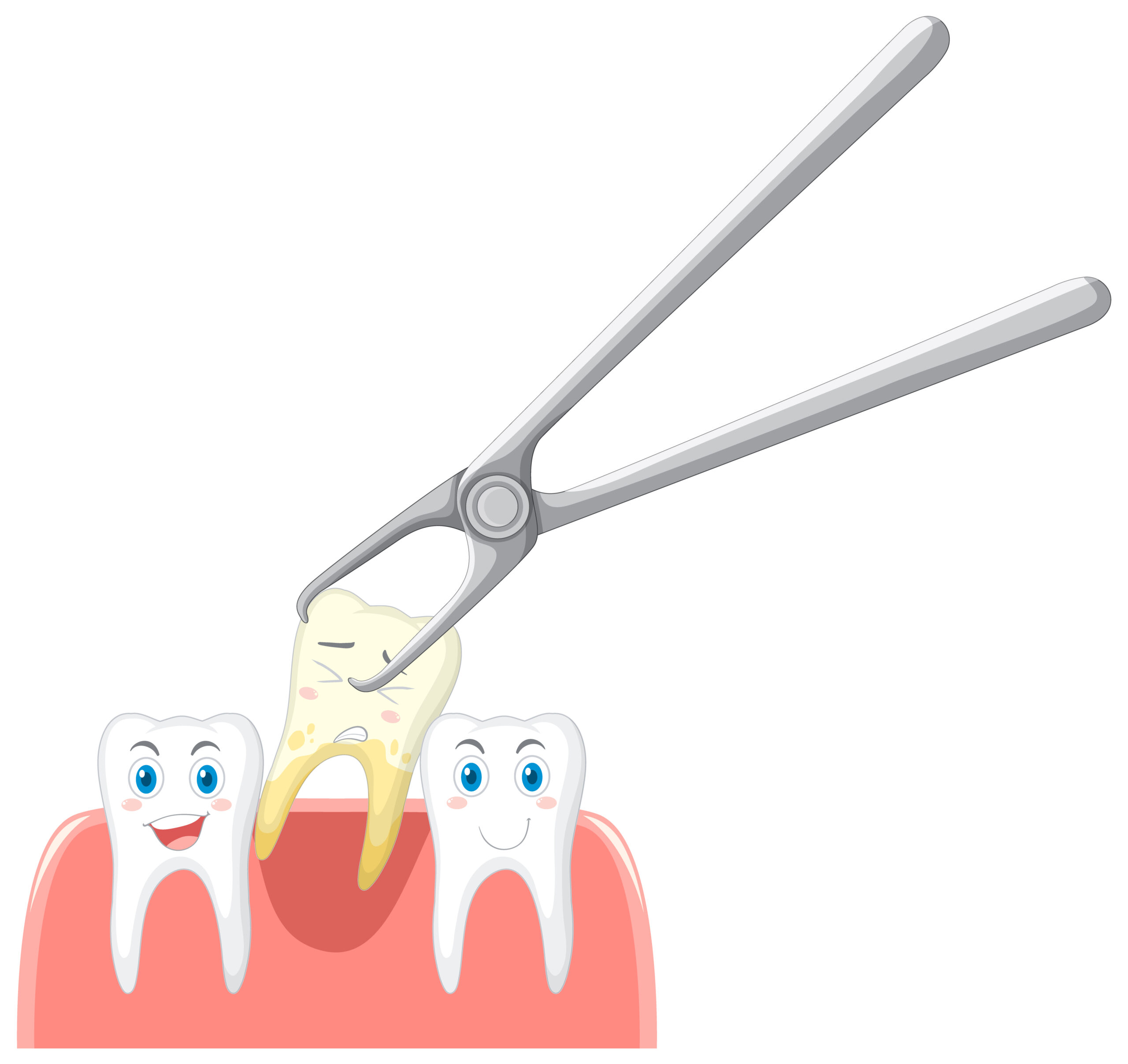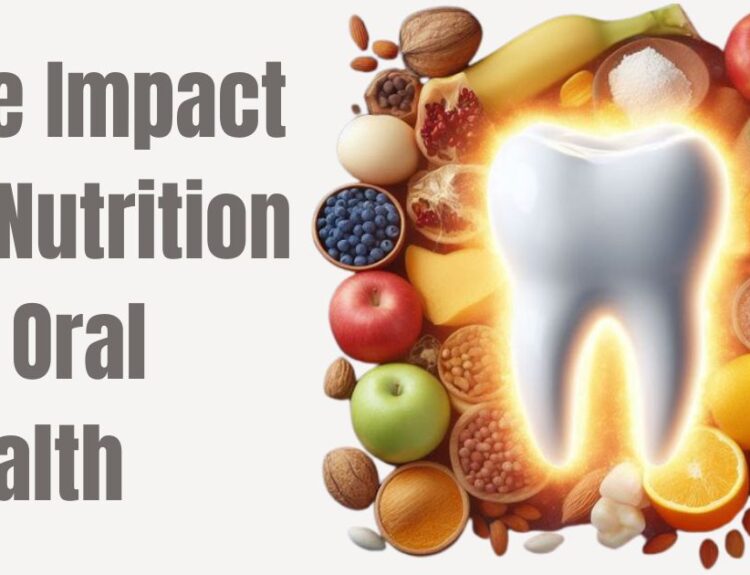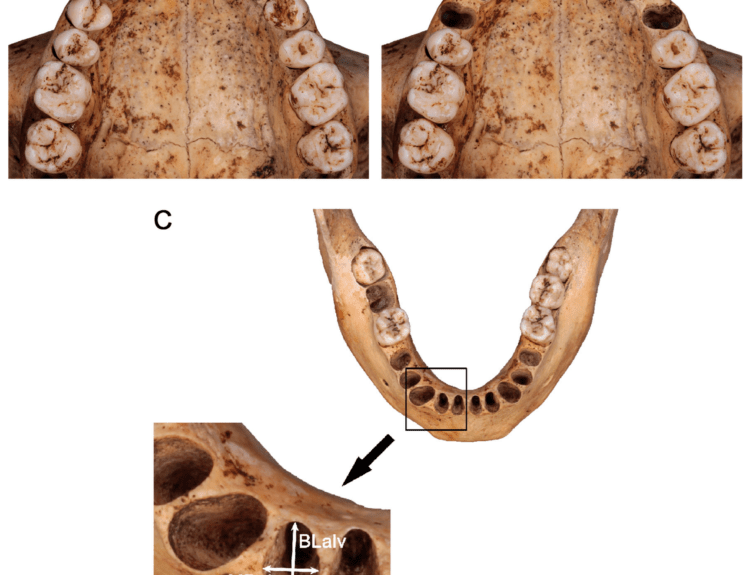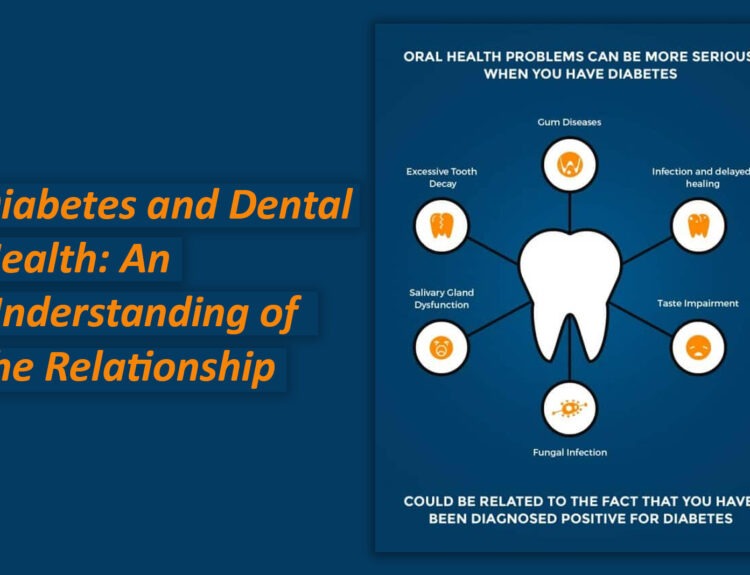Bite down hard on the gauze pad placed over the tooth extraction site for an hour. If bleeding persists, replace the gauze and apply pressure for another 30 minutes.
Avoid talking or spitting until the gauze pack is removed. This will help form a blood clot to stop bleeding.
Don’t touch the tooth extraction site with finger or tongue. It reduces the chances of infection.
Apply ice packs to your face for 20-minute intervals, alternating with 20-minute breaks. It helps reduce swelling and numb the area.
After the initial 24 Hours, switch to a warm compress. This will help increase blood flow to the area and promote healing.
Mix a teaspoon of salt in a cup of warm water and gently rinse your mouth. It will help keep the area clean and reduce inflammation.
Stick to soft foods that are easy to chew, such as soups, mashed potatoes, and yogurt. Avoid hard, crunchy, or spicy foods that can irritate the healing area.
Smoking and alcohol interfere with the healing process and increase your risk of infection. Avoid smoking and alcohol consumption for 48 hours.
Use medication as prescribed by your dentist. If not prescribed, over-the-counter pain relievers like acetaminophen or ibuprofen can help manage pain. However, it’s important to follow the dosage instructions carefully.
Some patients may frequently check the tooth extraction site in the mirror. Since they may not be accustomed to the appearance of a normally healing socket, they might experience unnecessary worry.
Take rest and avoid strenuous activity. If the pain is severe or you’re concerned about any other symptoms, contact your dentist for advice. They may recommend additional pain management strategies or suggest over-the-counter medications.







